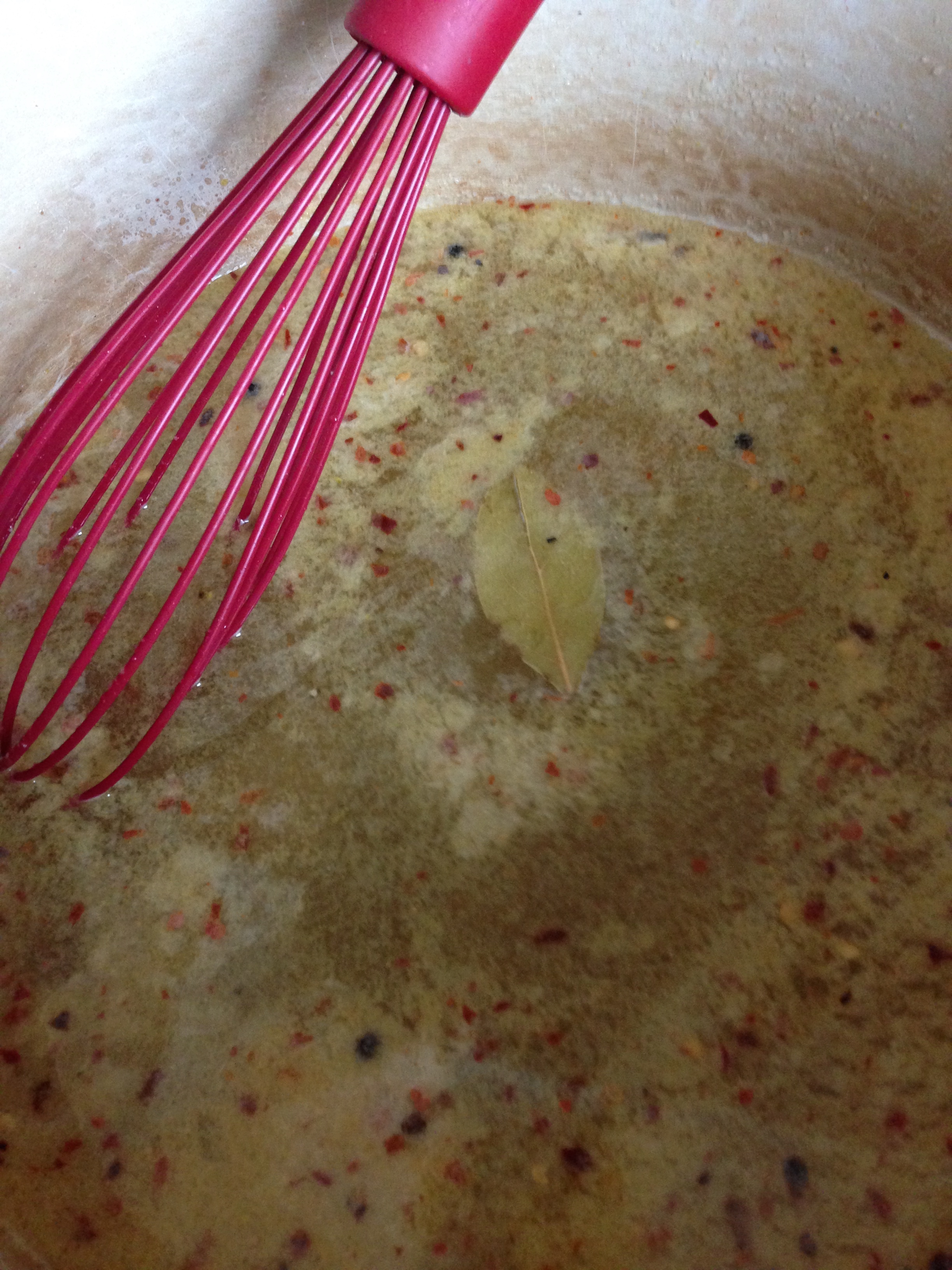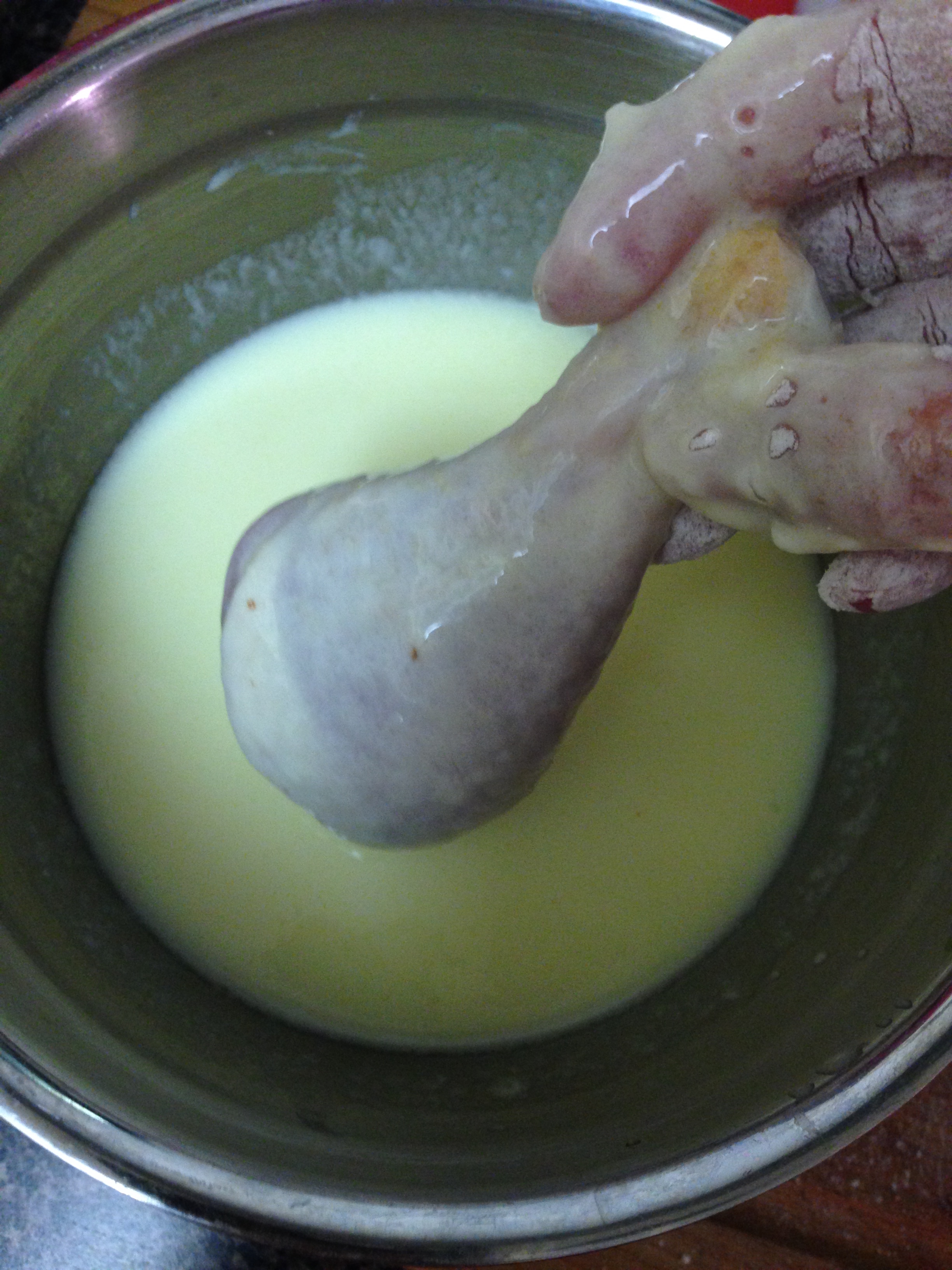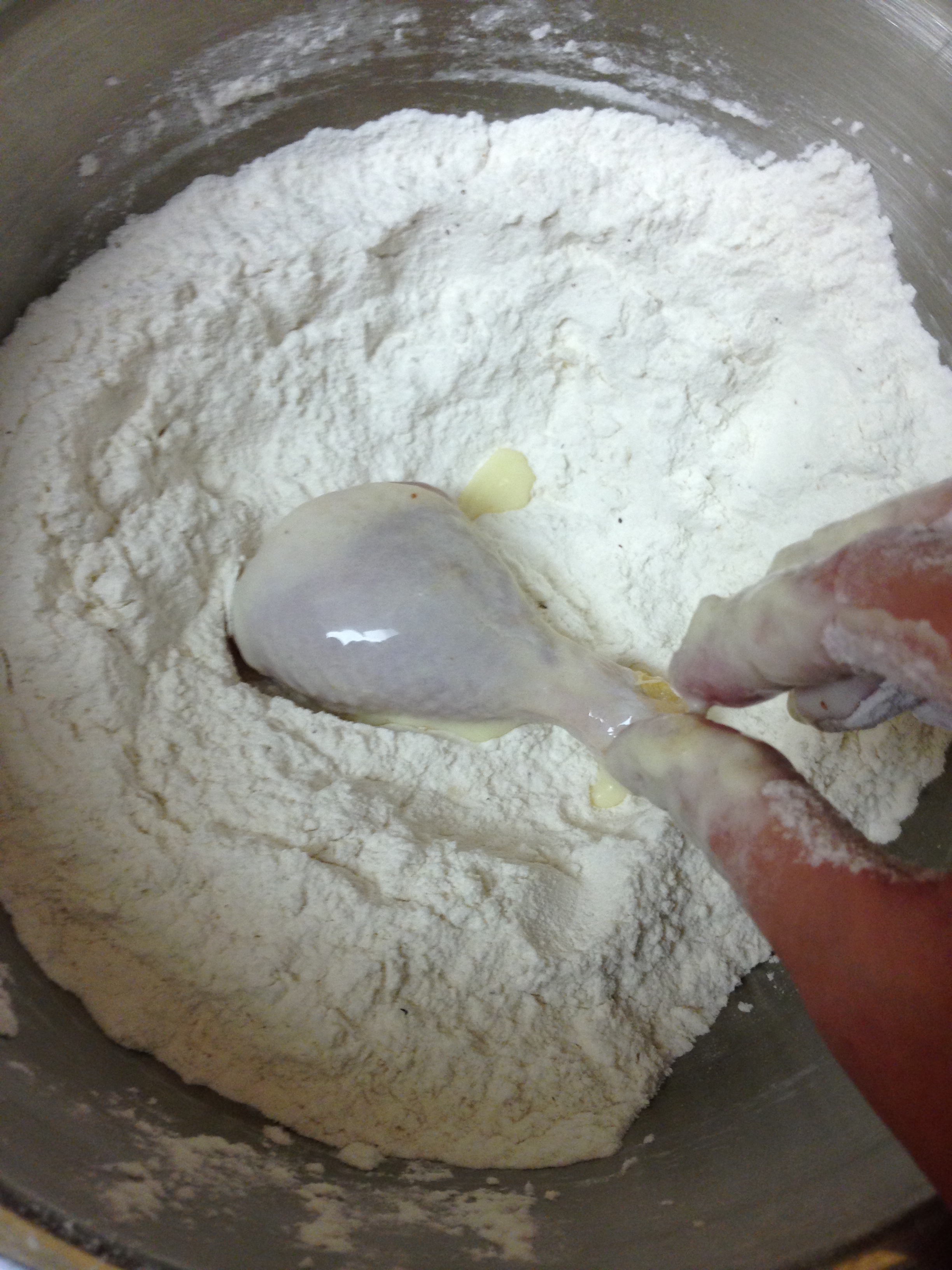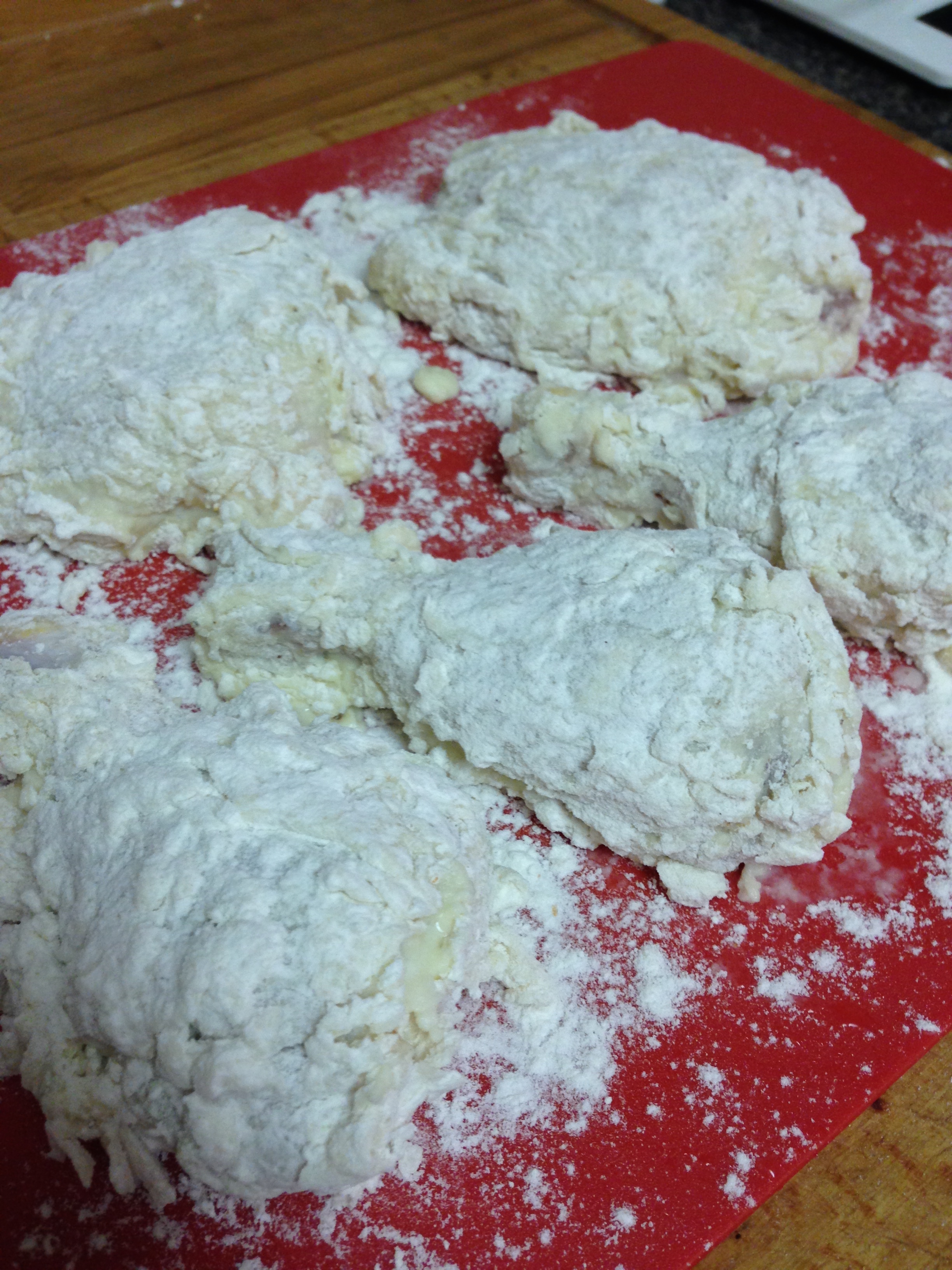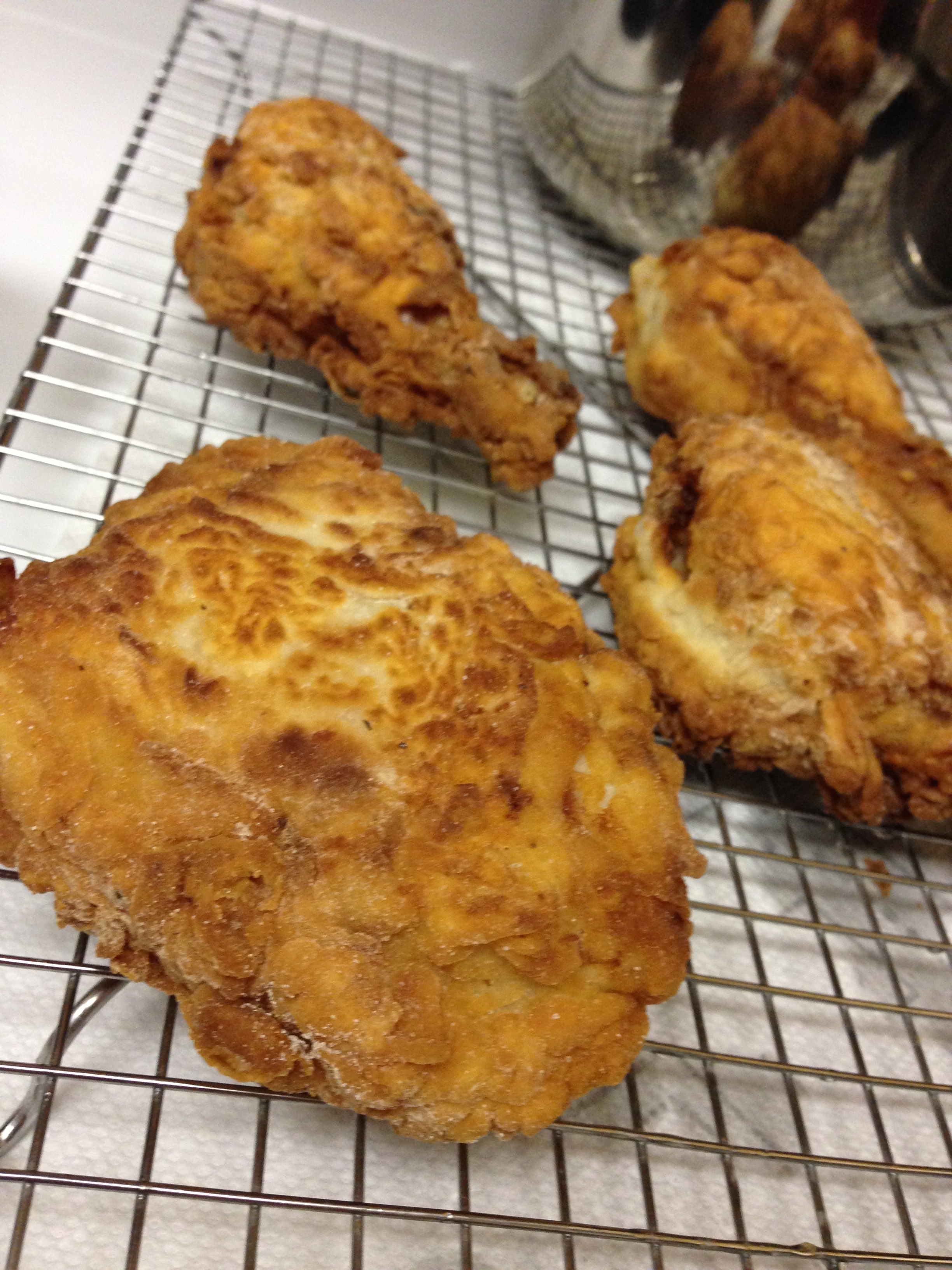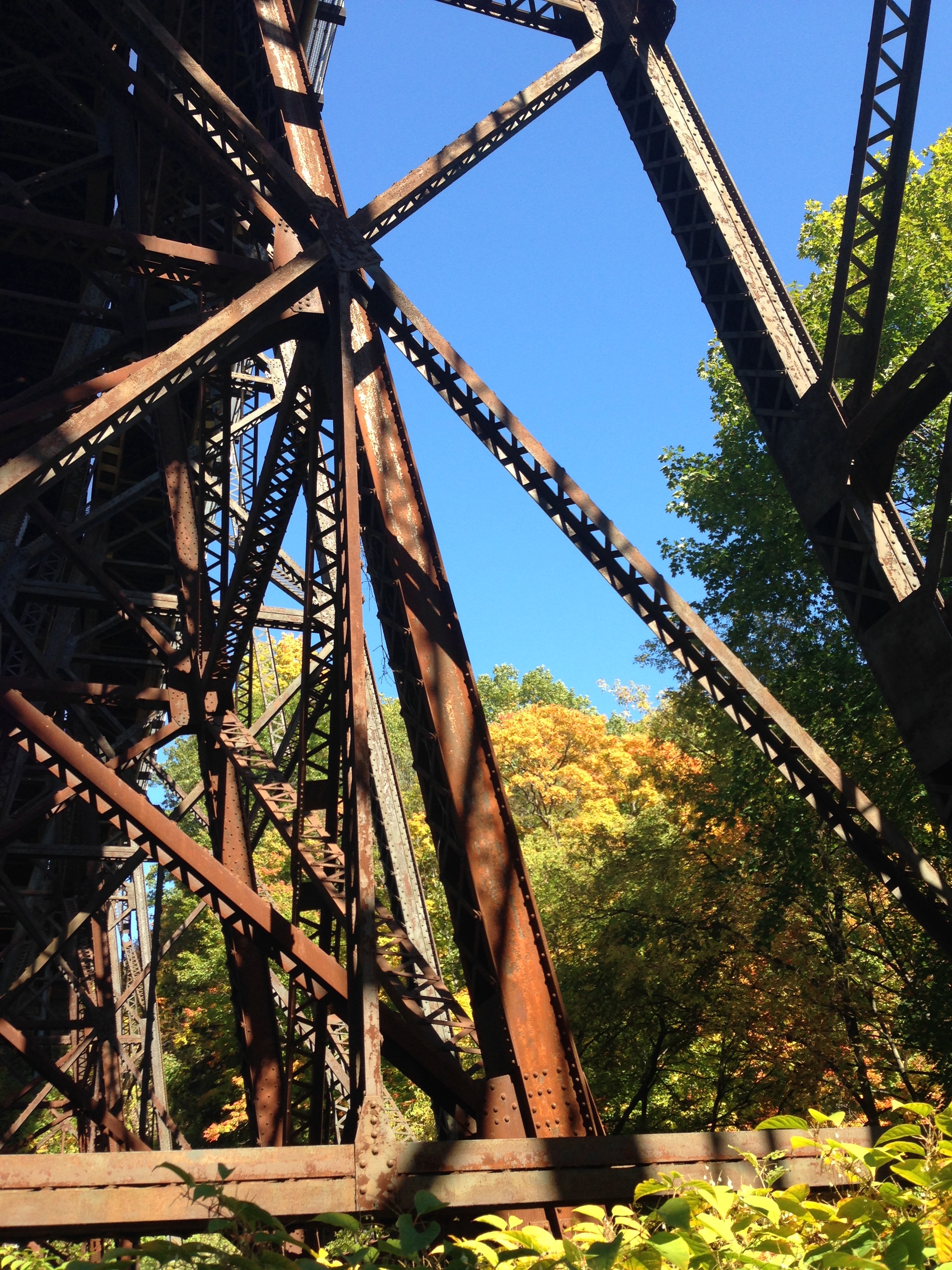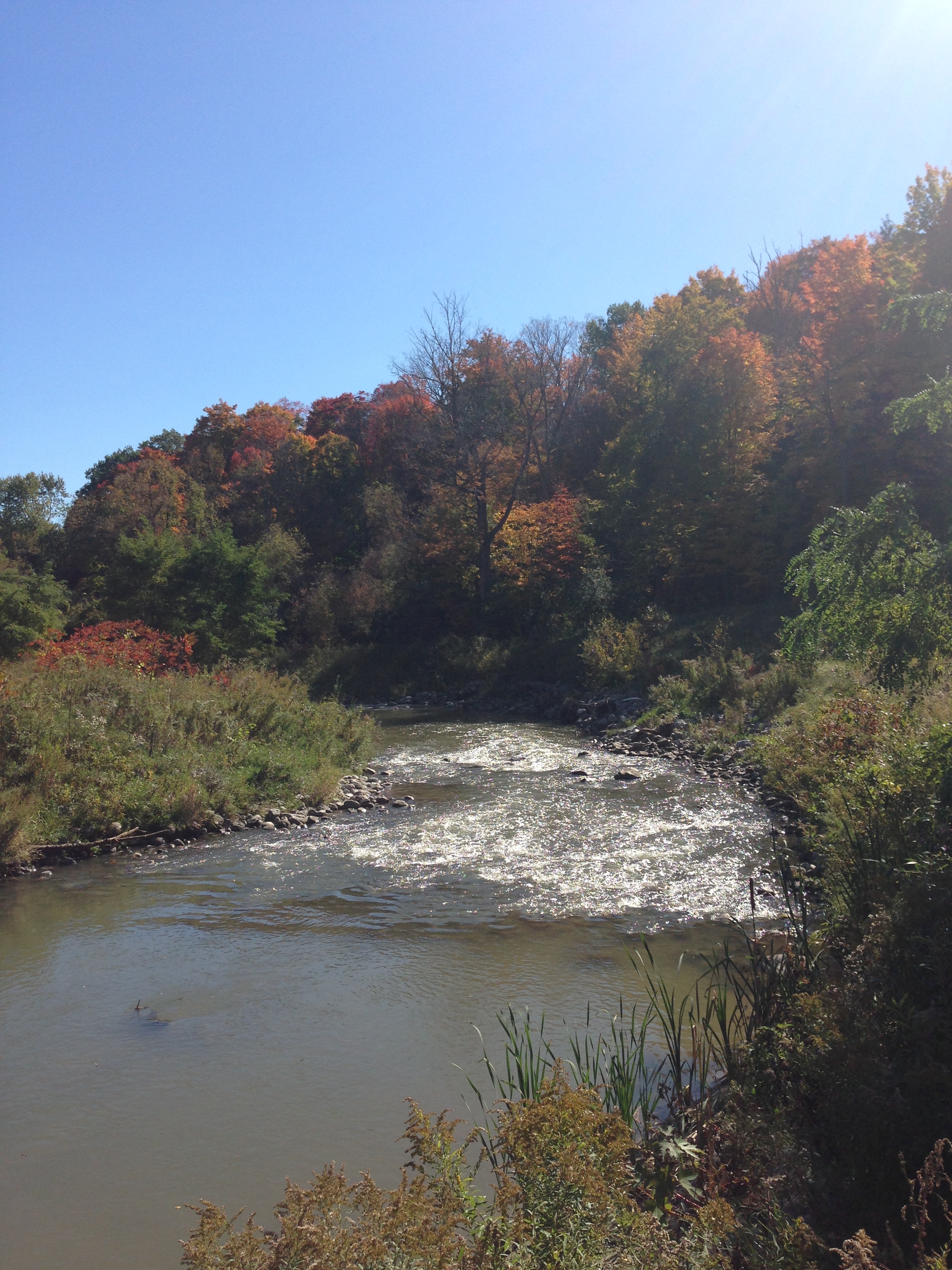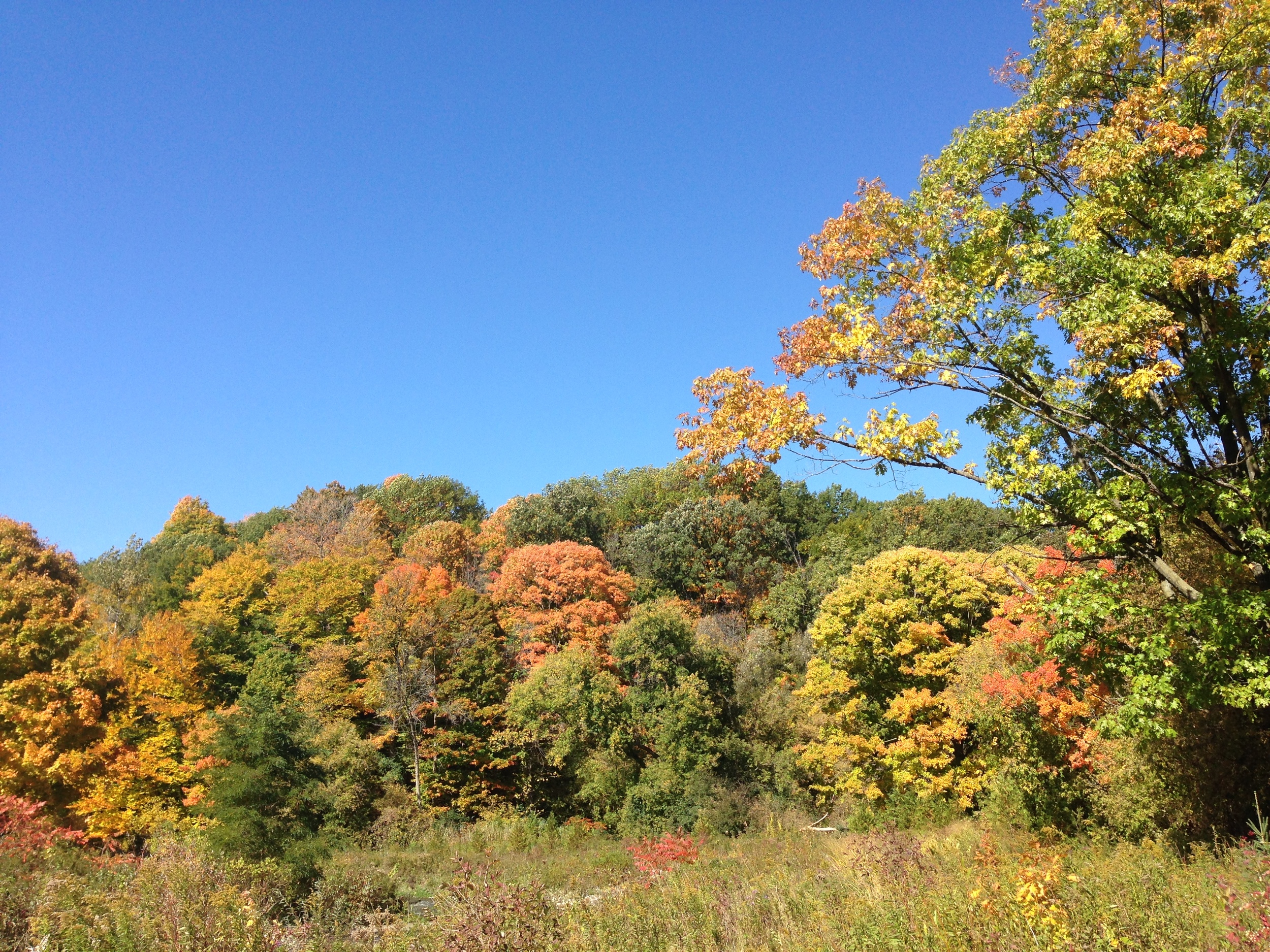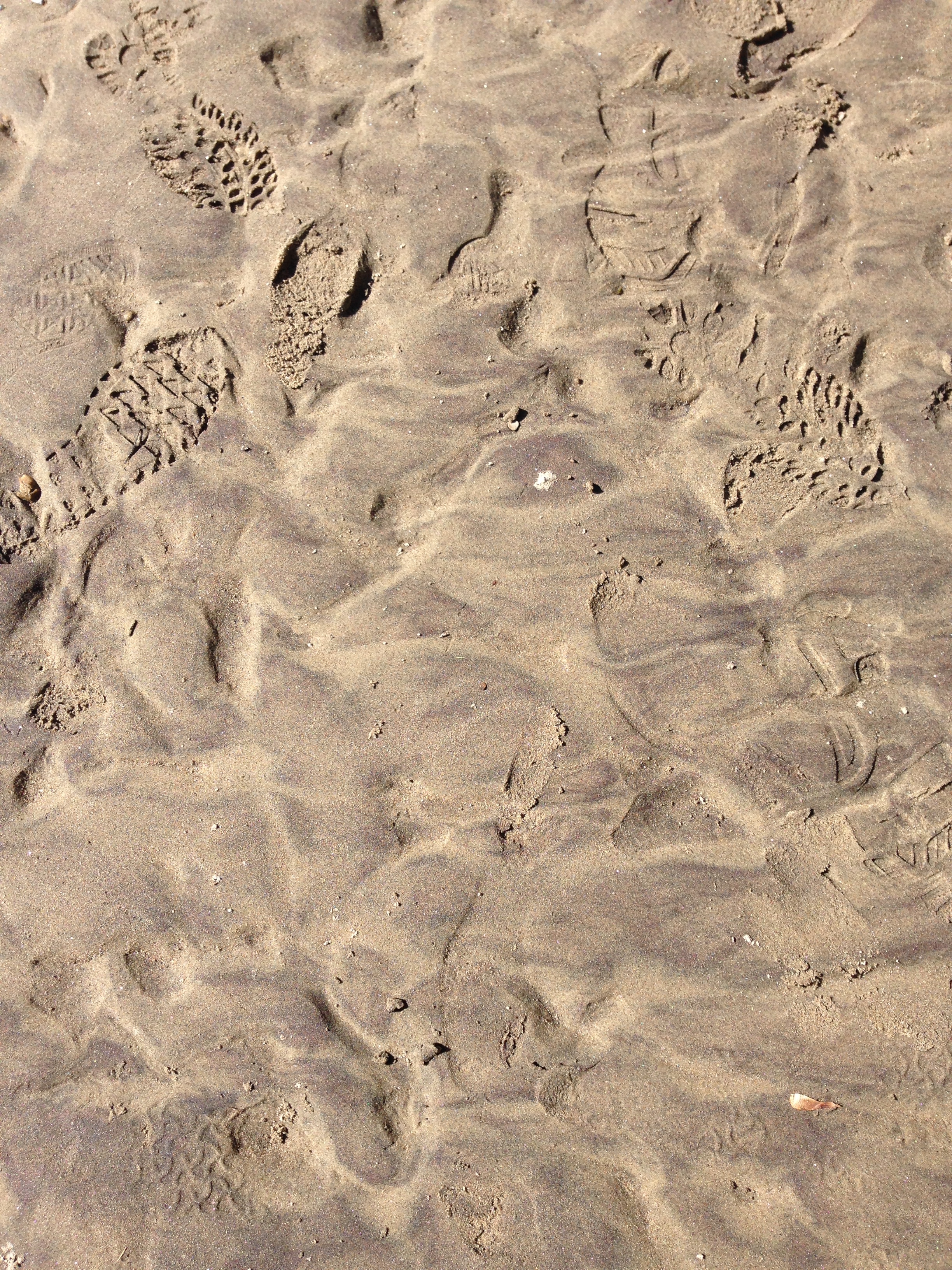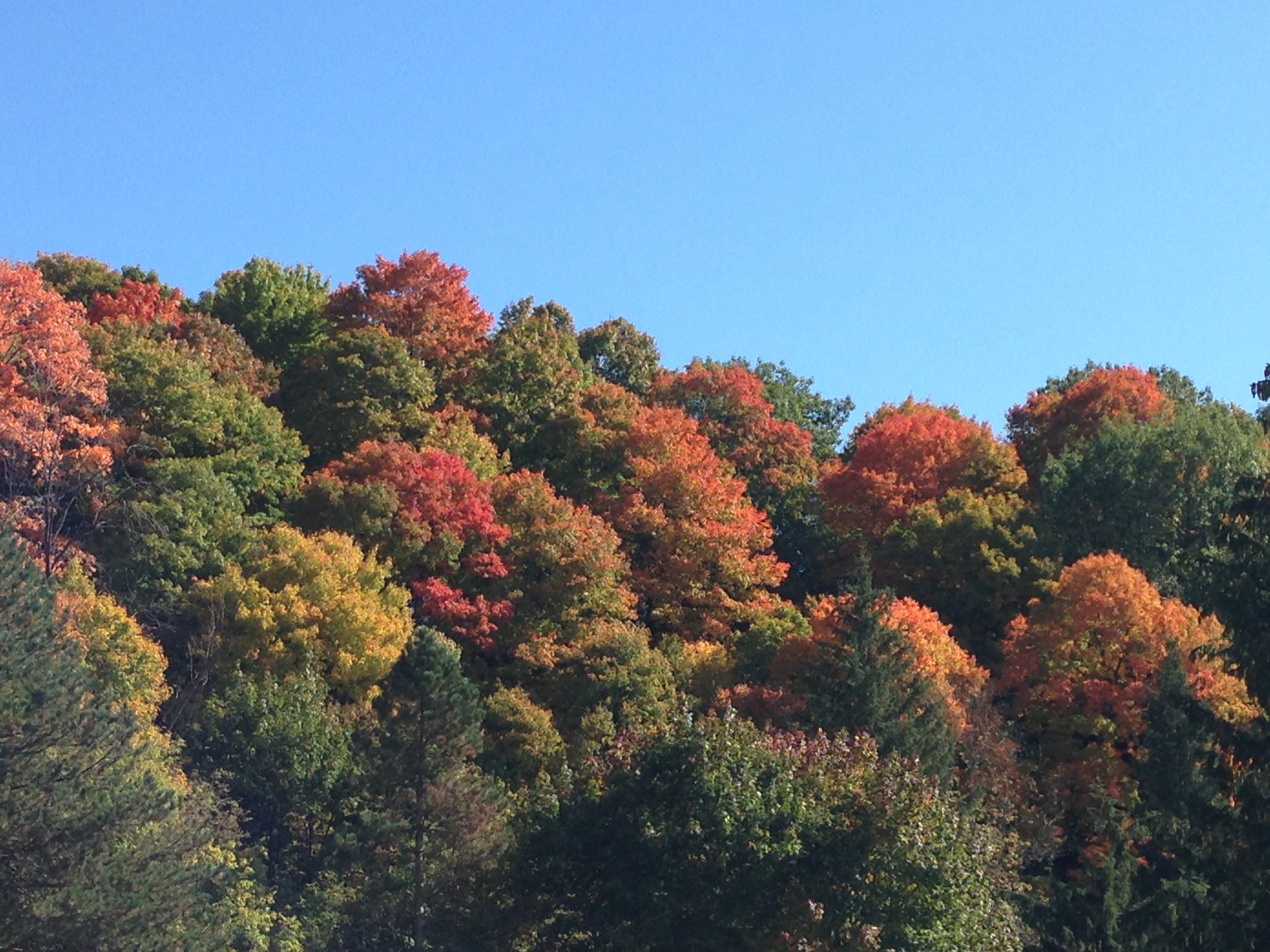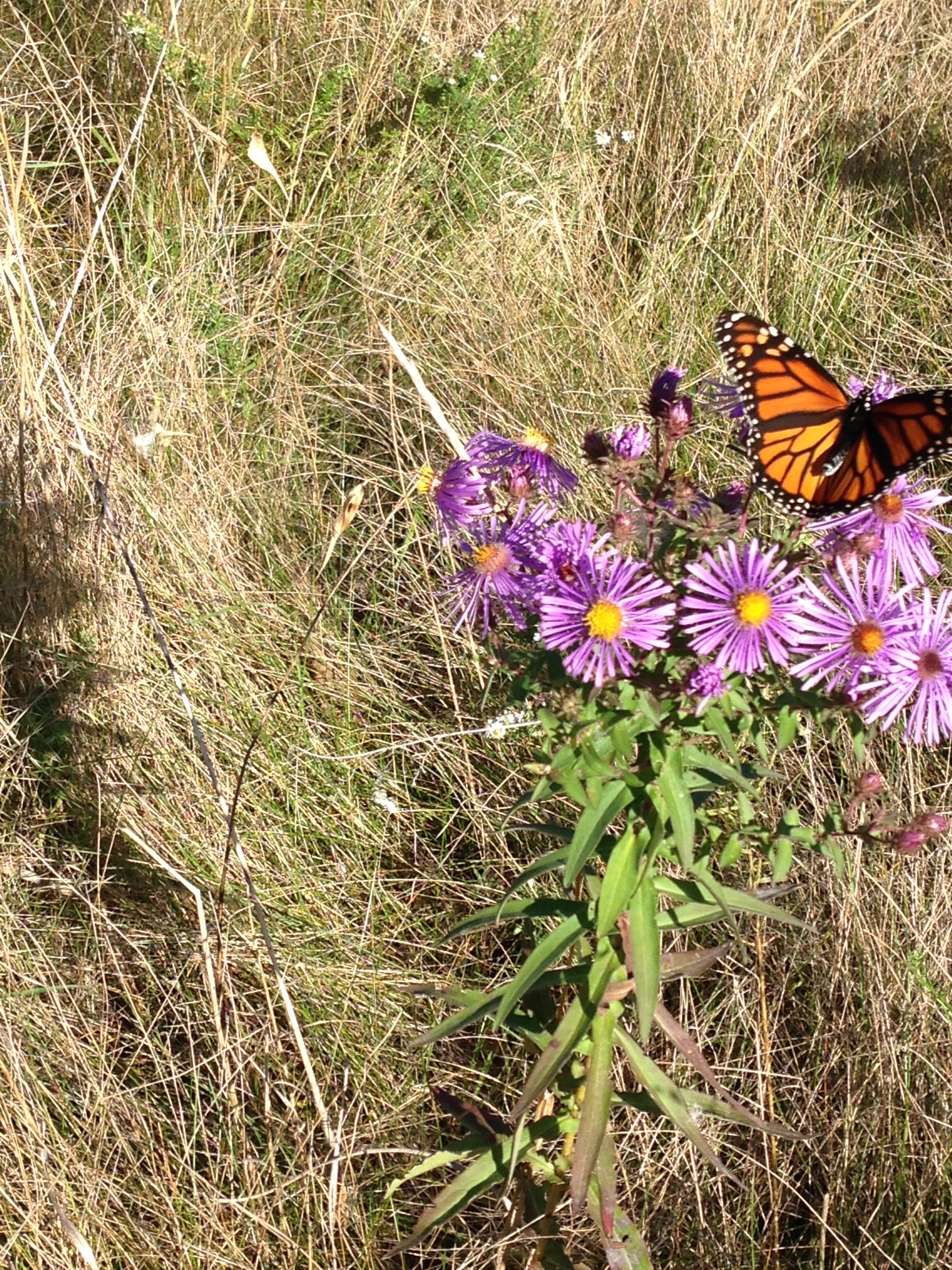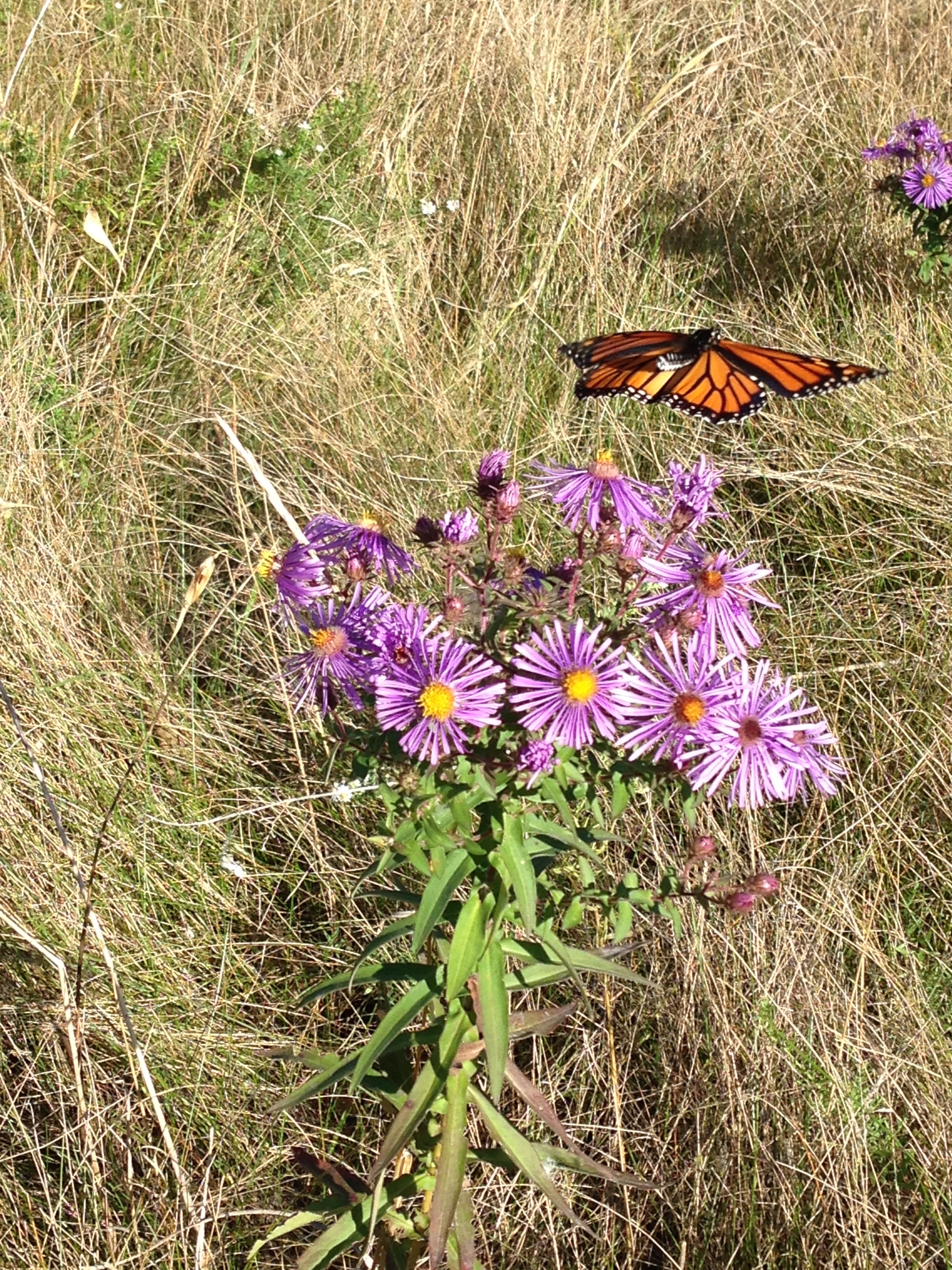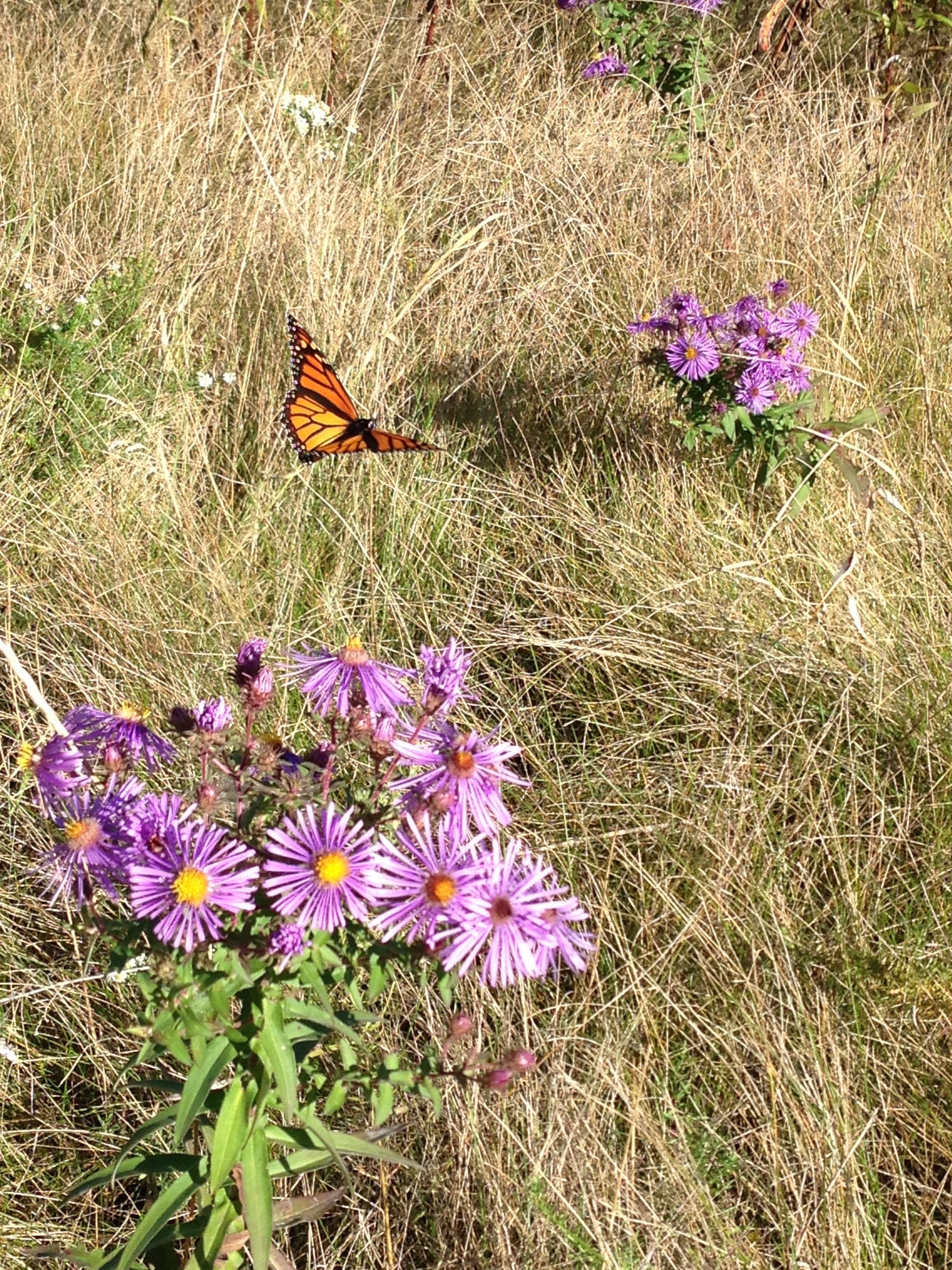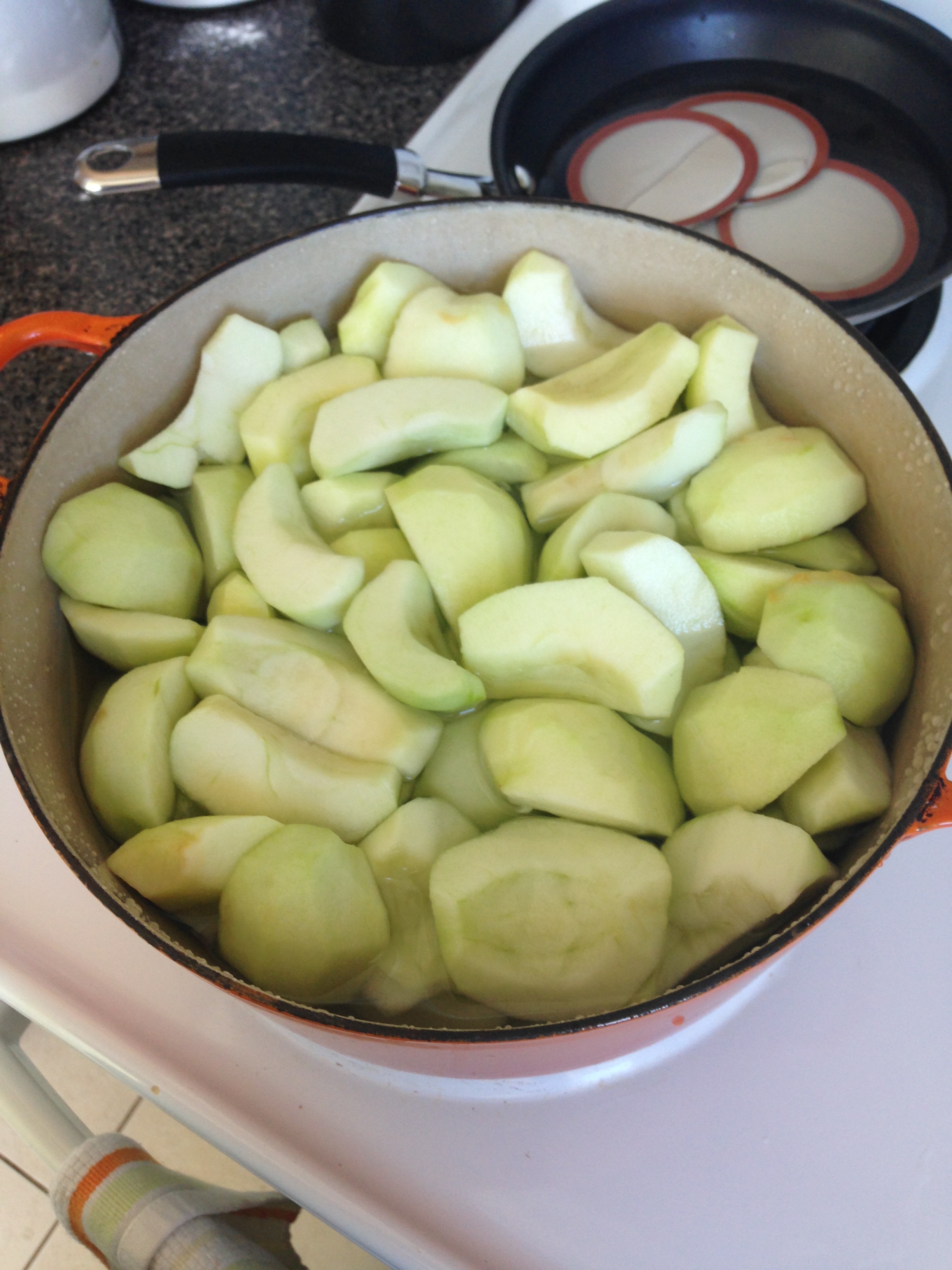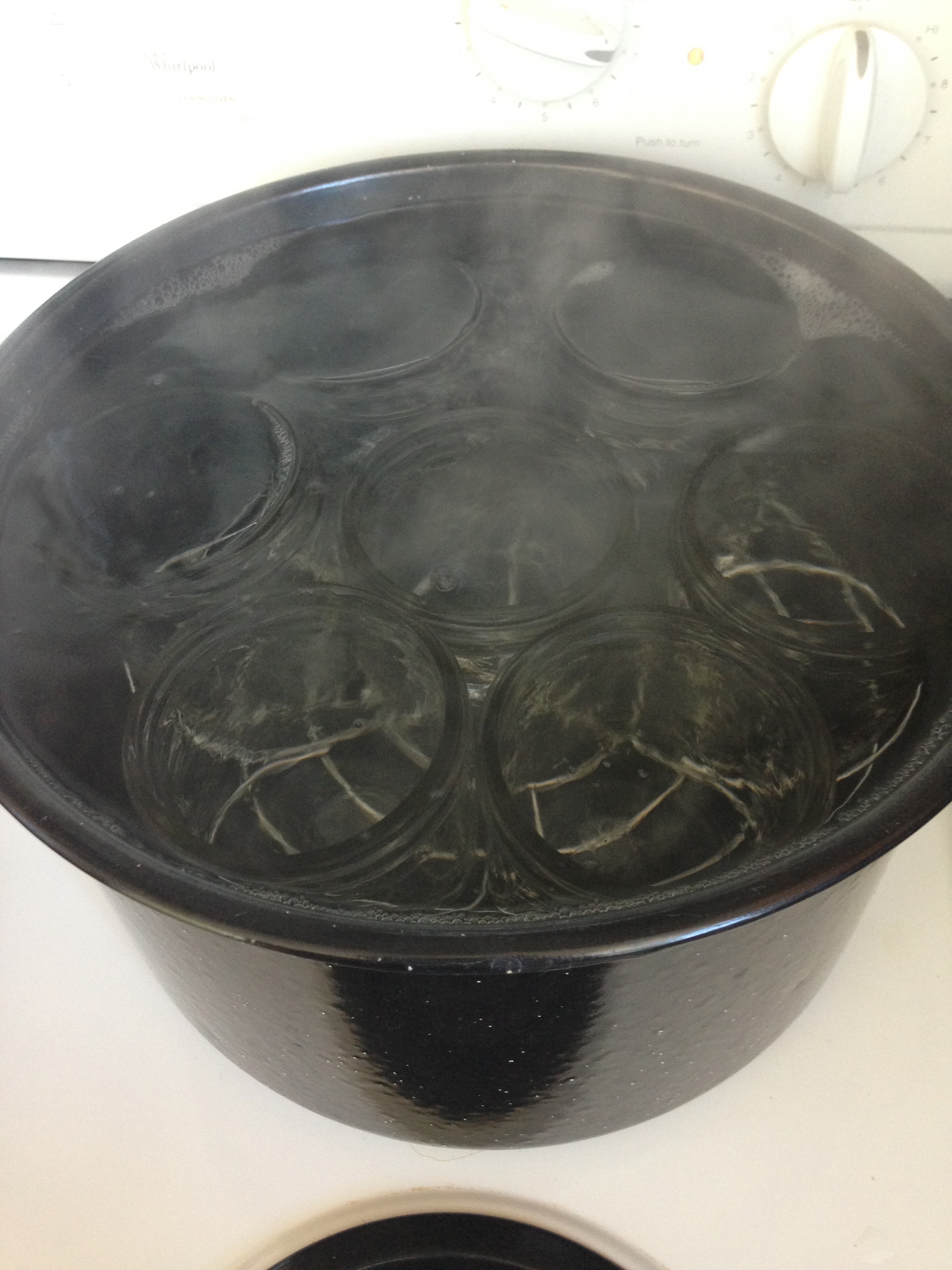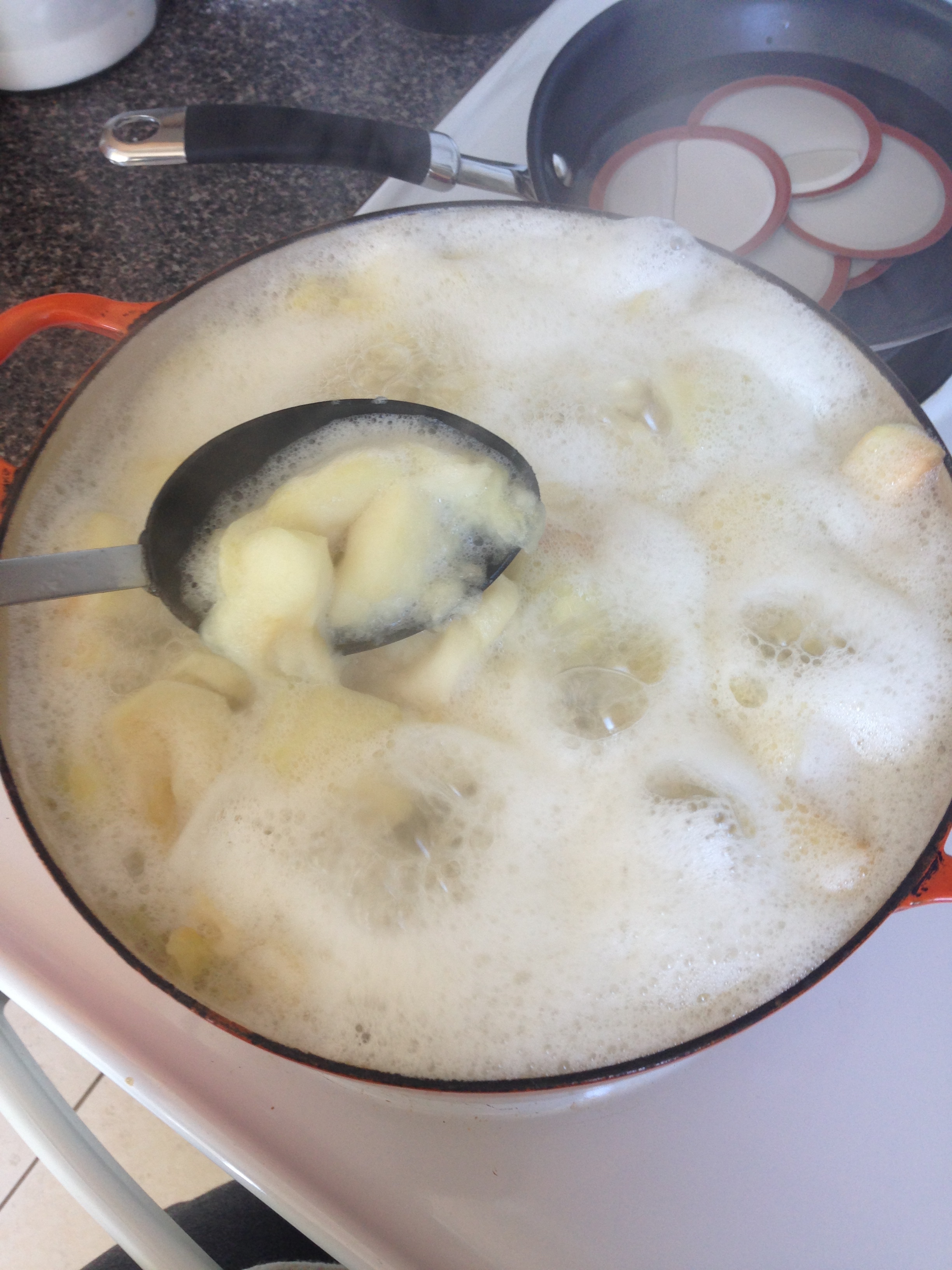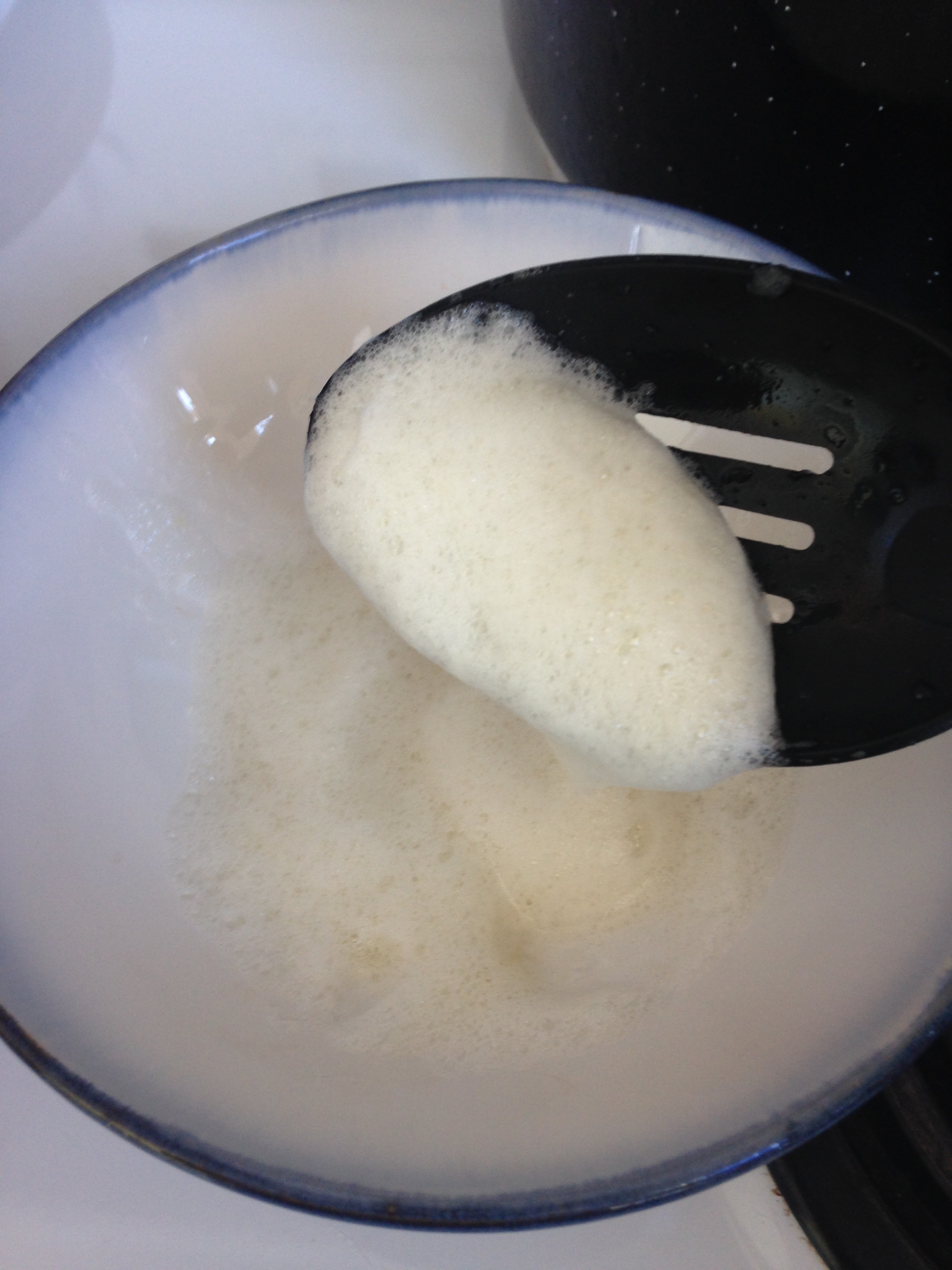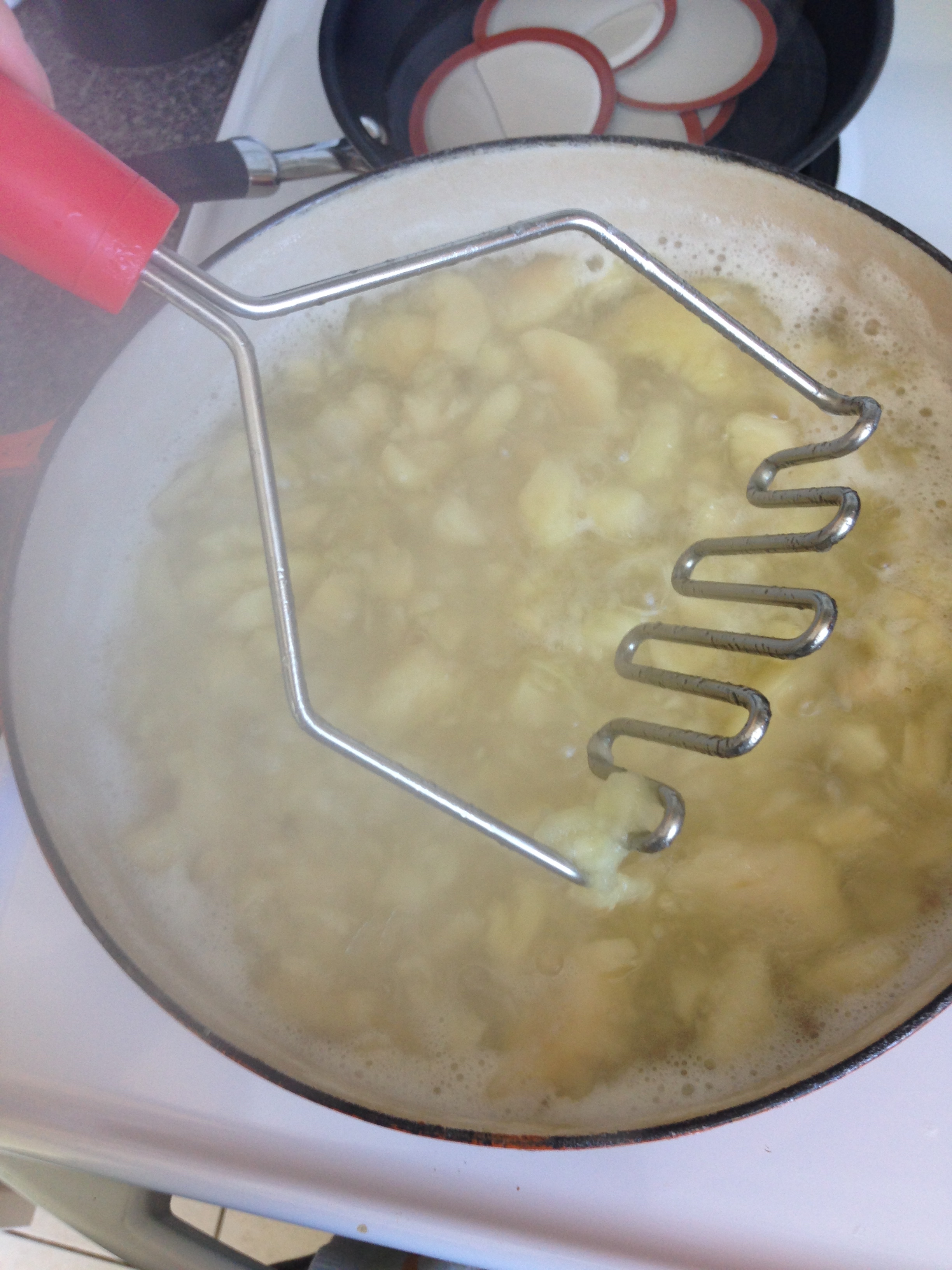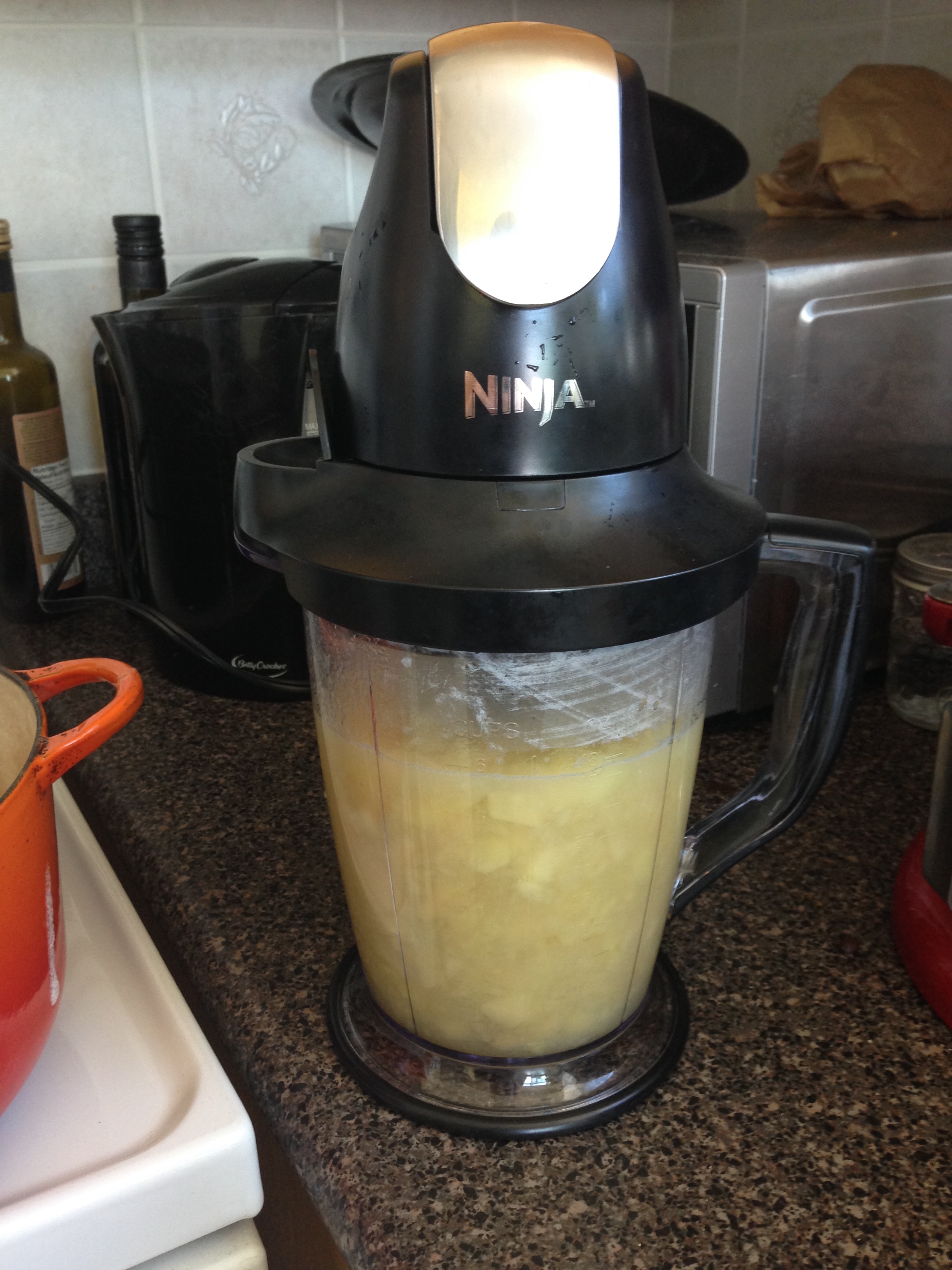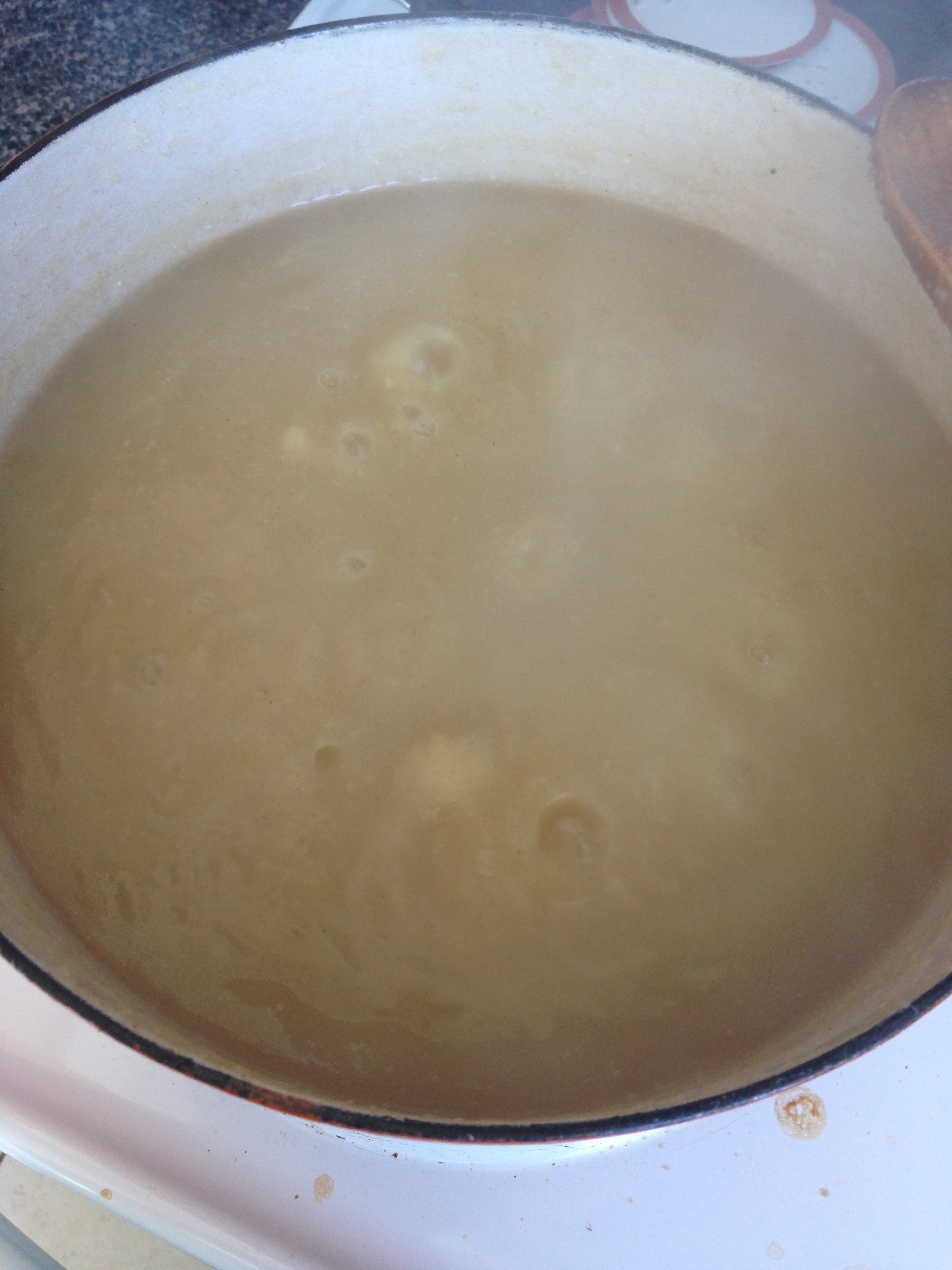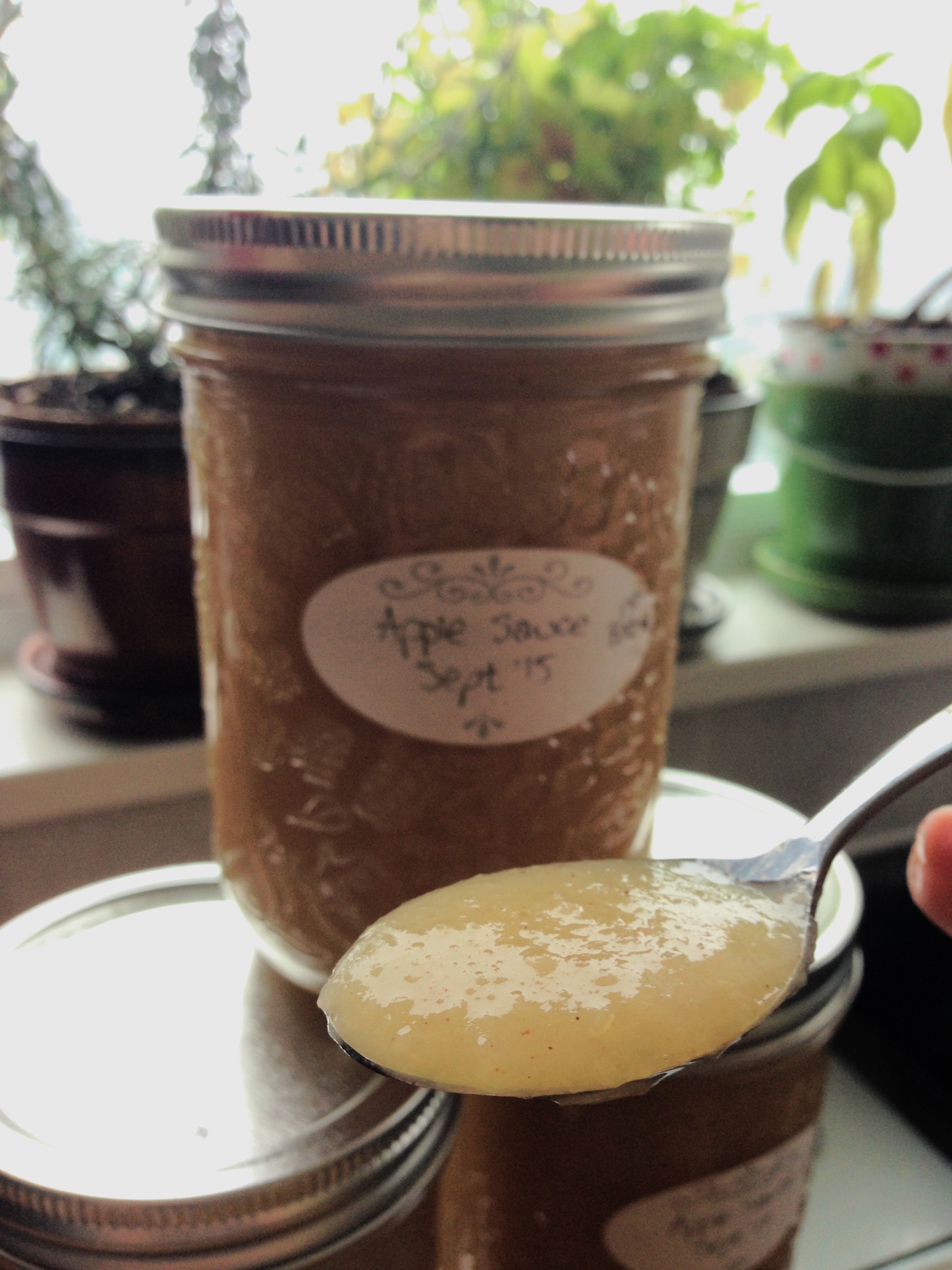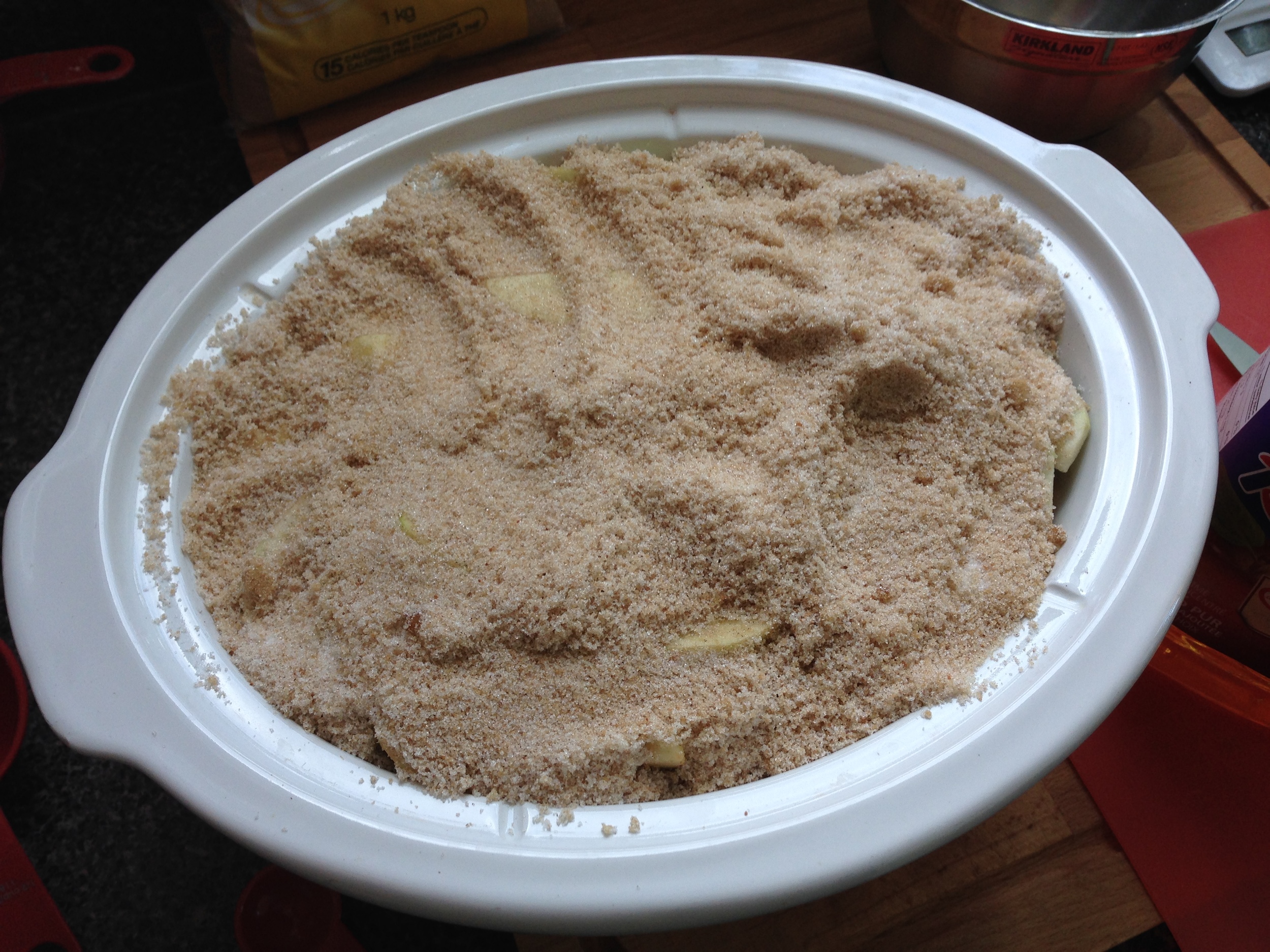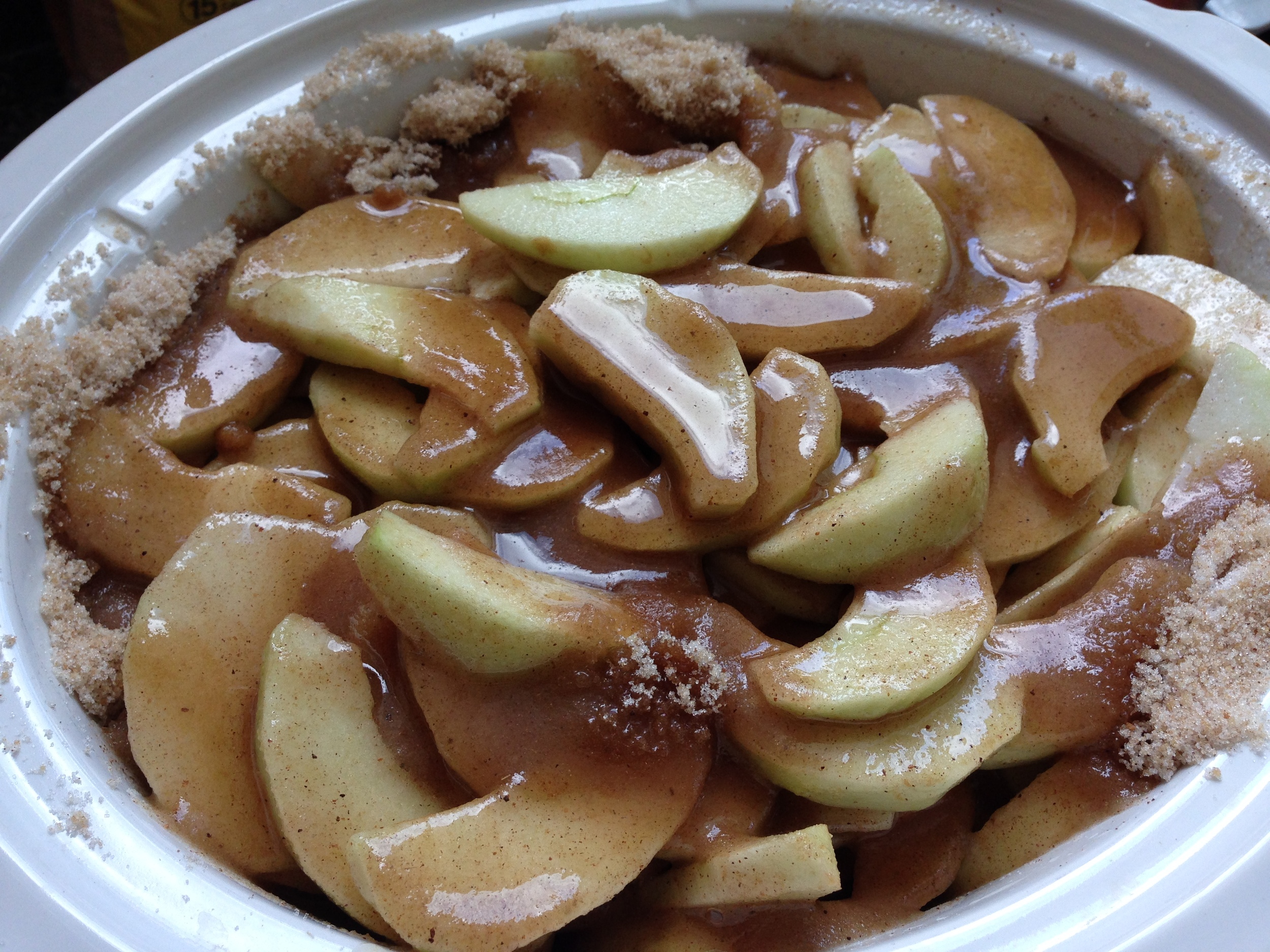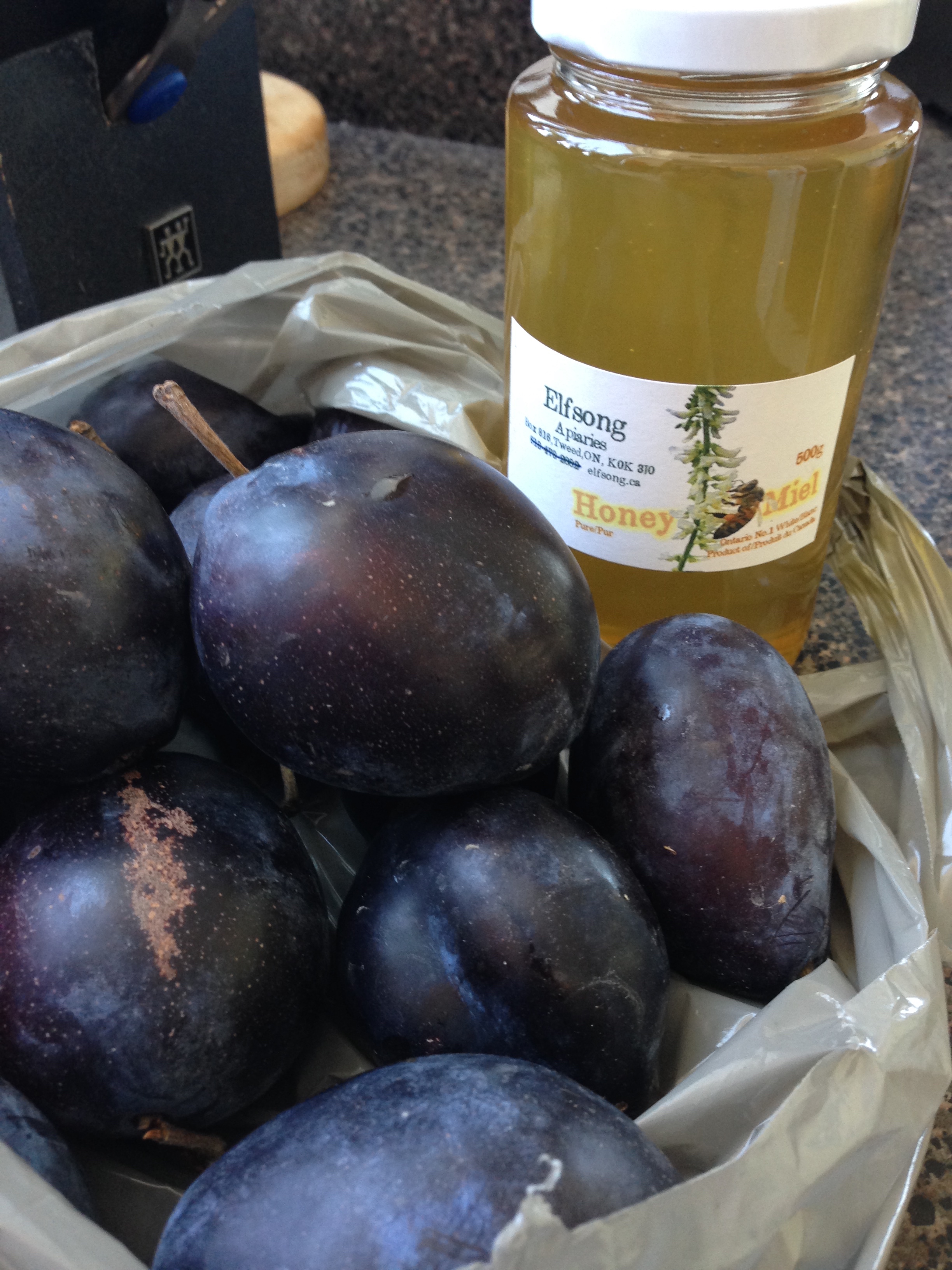


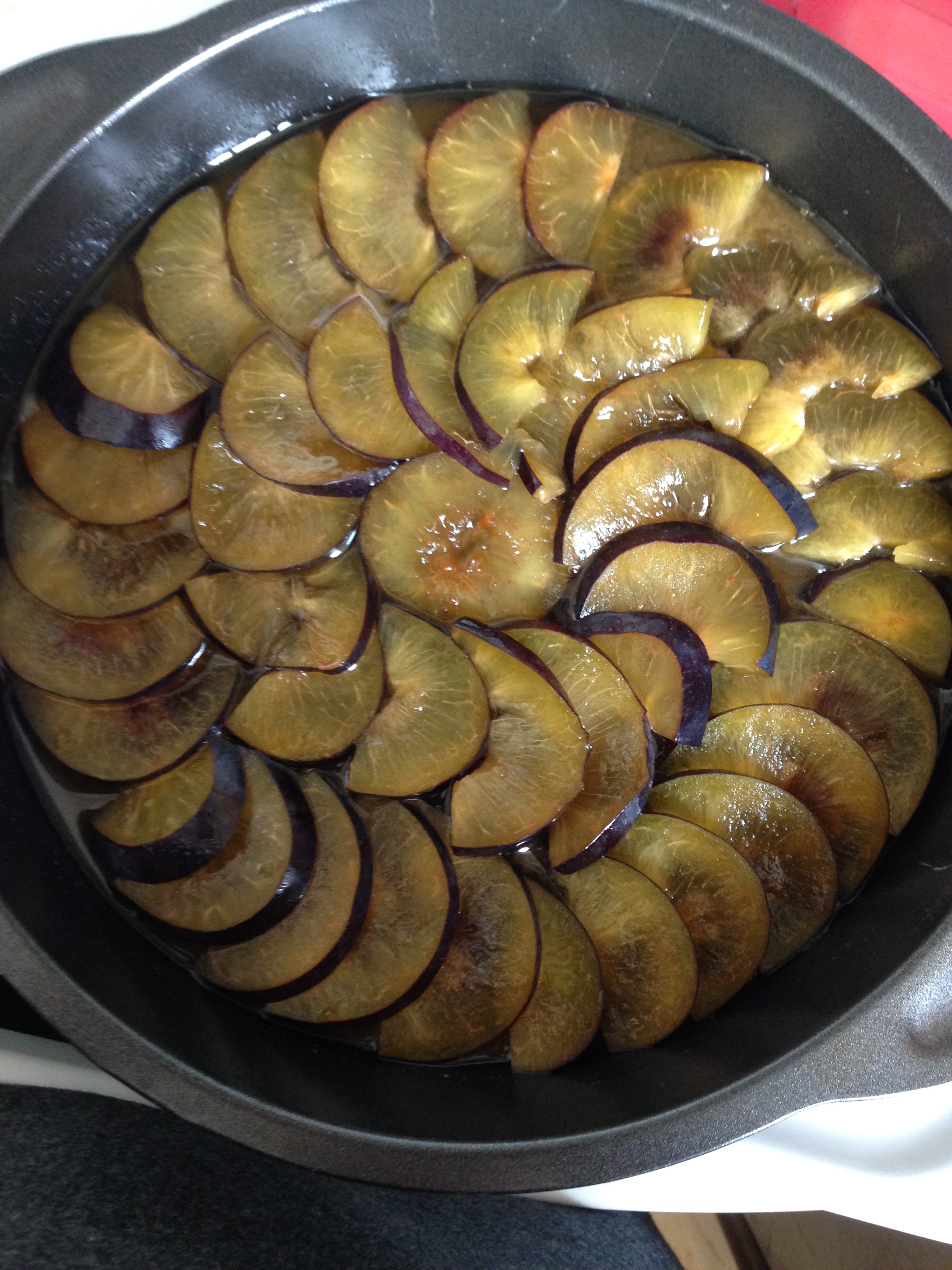


I've been super busy this past week at a new jobbins so here's an oldie but a goodie recipe!
I've done a similar recipe here but I changed it up a bit. I used blue plums (that were in season at the time, yay!) and some clover honey from the local market.
Blue Plum and Honey Upside-down Cake
12 Blue Plums, sliced thinly
4 TBSP butter
1/4 cup brown sugar
1/4 cup clover honey
1/2 tsp ground cinnamon
1 1/4 cup flour
1 1/4 tsp baking powder
1/4 tsp salt
4 TBSP butter
3/4 cups granulated sugar
1 egg, well beaten
1/2 milk
1 tsp vanilla
9 inch round pan
- To slice plums: With a sharp knife, make a slit around the centre of the plum, all the way around the pit. Twist one half of fruit off the pit. Remove the pit. Slice up the plum flesh.
- Preheat your oven to 350'F.
- Combine butter, sugar, honey and cinnamon in the round baking pan. Place pan in the oven for 2 minutes until butter is melted. Stir melted butter mixture in the pan together thoroughly. Arrange the sliced plums on top of the sugar mixture in the baking pan. Set aside.
- In a bowl, combine flour, baking powder and salt. Set aside.
- In an electric mixer, cream butter. Add sugar and beat until butter is light and fluffy. (It will literally change colour. From butter yellow to a light white yellow.)
- Add pre-beaten egg. Stir.
- Now combine flour and milk in with the sugar/egg mixture, alternating between adding milk and flour mixture. Mix each part until smooth before adding the next part.
- Stir in vanilla.
- Pour cake batter on top of the plums in the baking pan. Smooth the top so all the plums are covered.
- Bake for ~50 minutes or until a fork inserted into centre of cake comes out clean.
- After it's done baking, let cool for an hour before you flip it out onto a serving platter. Serve warm or let cool completely and top with icing sugar.
De-ricious!
And hopefully I'll be able to share some of my work-y endeavours soon! (Confidentially agreements are weird....)
-Andrea
The Half-Assed Hobbyist
